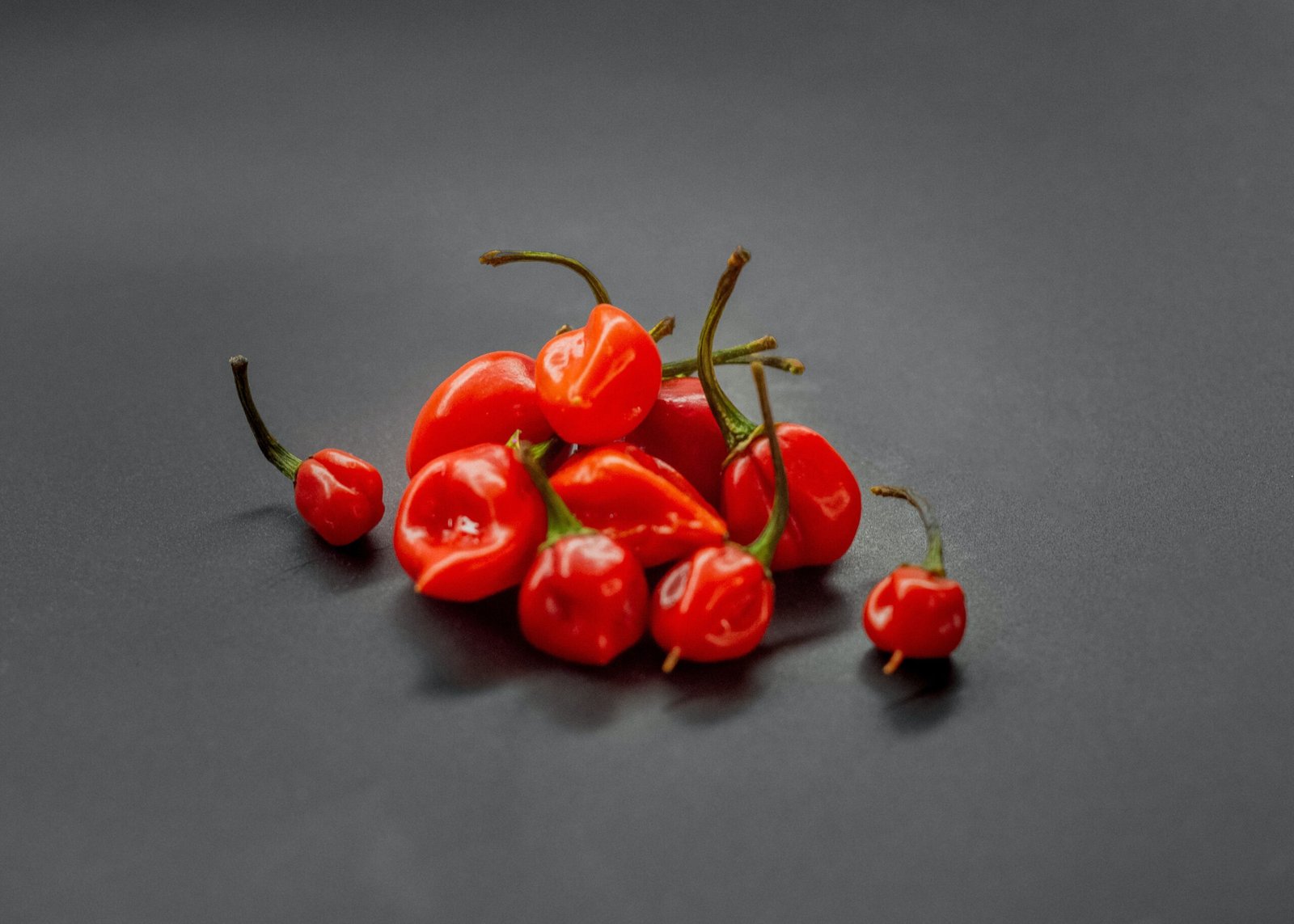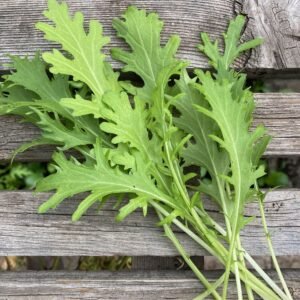-
FREE P&P ON SEED ORDERS OVER £25 -£2.50 P&P ON SEED ORDERS UNDER £25
We are unable to deliver to N.Ireland, Europe or The rest of the worlD
Organic Chilli Pepper ‘Habanero Red’
£2.60
Availability: In stock
200,000 – 300,000 SHU
The Habanero originated on the Yucatan Peninsula in Mexico and is named after the Cuban Capital ‘La Habana’.
It is a super super hot chilli pepper!
The habanero has a thin, waxy flesh and has a fruity/citrus flavour making it perfect for use in fresh salsas and salads. They actually loose some of their flavour when cooked.
The plant itself grows to around 70cm tall and is a bushy plant but it is slow to fruit – taking around 200 days. The fruits are short, lantern shaped fruits around 3cm in length and they mature from bright green to orange.
The habanero chilli is often used in hot sauces and freezes and dries well.
The chilli seeds should be sown in trays or modules from Jan – Mar at 18-21C. Pot on when seedlings are large enough to handle and continue to pot on as they grow. Plant out in late spring/early summer. For best yields grow in a greenhouse.
The Habanero can take a few weeks to germinate so be patient and don’t overwater!
Seed Story
Chilli Peppers were brought to Europe by Christopher Columbus in the 1400’s.
Chillies originated in Mexico and are one of the oldest cultivated crops in the Americas. They have been part of the human diet since 7500BC.
The Aztecs discovered the medicinal qualities of capsaicin which is what gives chillies their heat. capsaicin was used to reduce blood pressure, relieve pain and is even said to increase metabolism and help with digestive issues.
Chillies are the traditional treatment for toothache in Mexico
In Africa, chillies are laid on fences around crops to deter elephants!
There are many species of capsicum but only 5 have actually been domesticated including two very popular types:
Capsicum Anuum which includes bell peppers, paprika, jalapeño’s and cayenne
Capsicum Chinensis which includes the habanero and scotch bonnet.
Chillies were introduced to Asia by Portuguese traders who sold them based on the similarities to black pepper in taste. They then introduced them to India at the end of the 15th century.






